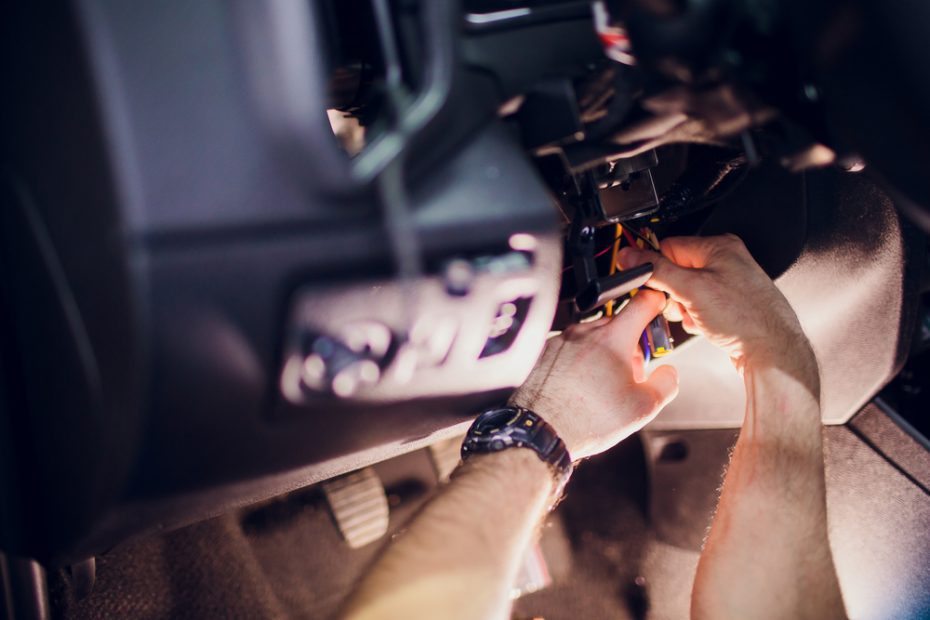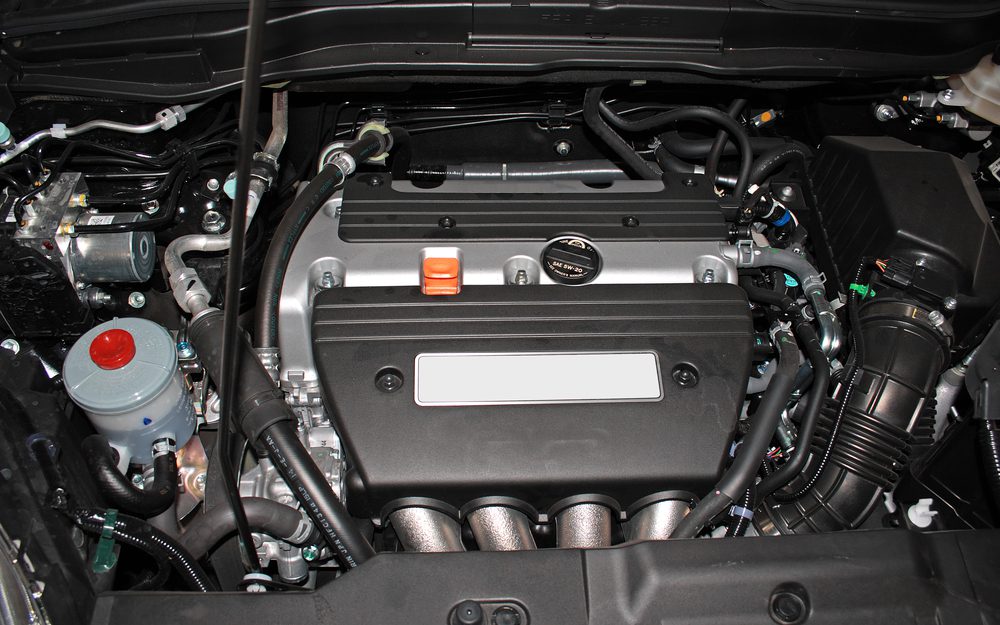Is a ECU and BCM the same thing?
When it comes to vehicle electronics, the acronyms and terms can be confusing. One of the common questions that arise is whether a ECU (Engine Control Unit) and a BCM (Body Control Module) are the same thing. While they both play crucial roles in controlling various aspects of a vehicle’s functions, there are some key differences between them.
Differences between ECU and BCM
ECU: The Engine Control Unit, as the name suggests, is responsible for managing the engine’s operations. It controls fuel injection, ignition timing, emissions, and other engine-related functions. The ECU uses sensors and actuators to gather information and make adjustments for optimal engine performance.
BCM: On the other hand, the Body Control Module is primarily responsible for managing the electrical systems and components outside the engine. This includes functions such as the lighting system, door locks, windows, climate control, and more. The BCM acts as a centralized hub, receiving input from various sensors and switches, and sending commands to the corresponding components.
While the ECU focuses on the engine’s performance, the BCM deals with the vehicle’s overall electrical and electronic systems. They have different functionalities, but they work together to ensure smooth operation and integration of all vehicle systems.
Interactions between ECU and BCM
Although the ECU and BCM have distinct roles, they do interact with each other to maintain harmony within the vehicle. For example, certain vehicle functions, such as automatic door locking when the engine is started, require communication between the ECU and BCM.
Quote: “The ECU and BCM collaborate to create a cohesive driving experience, enhancing both safety and convenience.”
Additionally, in modern vehicles with advanced features like keyless entry, the ECU and BCM work together to authenticate and allow access to the vehicle. The ECU receives the key’s signal, verifies its authenticity, and communicates with the BCM to unlock the doors.
Does the BCM talk to the ECU?
In the previous section, we discussed the difference between an Engine Control Unit (ECU) and a Body Control Module (BCM). Now, let’s explore whether these two components communicate with each other.
Harnessing Communication: ECU and BCM
While the ECU and BCM are distinct units responsible for different functions in a vehicle, they do interact with each other to ensure the smooth operation of various systems.
The primary role of the ECU is to manage the engine’s performance, including fuel injection, ignition timing, and emissions control. On the other hand, the BCM oversees tasks related to the body electronics, such as power windows, central locking, lighting controls, and security systems.
To facilitate coordination between these components, the BCM and ECU communicate through a network called the Controller Area Network (CAN bus). This network allows them to exchange information and commands to maintain optimal functionality throughout the vehicle.
Efficient Collaboration for Enhanced Performance
The communication between the ECU and BCM enables seamless integration of various systems in a vehicle. For example, when you turn on the ignition, the BCM informs the ECU about the status of the key. Based on this information, the ECU initiates the necessary protocols for starting the engine.
Similarly, if there is a fault detected in one system, such as a malfunctioning door switch, the BCM can relay this information to the ECU. The ECU can then respond accordingly, for instance, by adjusting the engine idle speed while the faulty switch is being repaired.
Interaction for Enhanced Safety and Convenience
In addition to ensuring smooth operations, the communication between the ECU and BCM enhances safety and convenience features in modern vehicles.
For example, when you activate the central locking system using your key fob, the BCM receives the command and communicates with the ECU to disable the engine immobilizer temporarily. This allows easier access to the vehicle without compromising security.
What is the difference between ECM and BCM in a car?
When it comes to car electronics, there are various components that play crucial roles in ensuring the smooth functioning of the vehicle. Two such components are the Engine Control Module (ECM) and the Body Control Module (BCM). While they both serve important purposes, there are distinct differences between them.
The Engine Control Module (ECM)
The ECM, also known as the Engine Control Unit (ECU), is responsible for managing the operation of the engine. It controls various aspects such as fuel injection, ignition timing, and emission control systems. Essentially, the ECM monitors and adjusts the engine’s performance to ensure optimal efficiency and compliance with environmental regulations.
Key functions of the ECM include:
- Monitoring engine sensors and collecting data
- Calculating appropriate fuel-air mixture for combustion
- Controlling ignition timing
- Managing emission control systems
The Body Control Module (BCM)
The BCM, on the other hand, is responsible for controlling various electrical components and functions within the body of the car. It handles tasks such as interior and exterior lighting, power windows, central locking, and climate control. The BCM acts as a central hub, communicating with different subsystems and relaying commands accordingly.
Key functions of the BCM include:
- Controlling interior and exterior lighting
- Managing power windows and mirrors
- Handling central locking system
- Regulating climate control
It is worth noting that while the ECM focuses primarily on engine-related functions, the BCM is more concerned with the car’s overall electrical system.
While the ECM and BCM serve distinct purposes, they often work in conjunction with each other. They communicate through a network called the Controller Area Network (CAN), enabling them to exchange information and work together to ensure optimal performance and functionality of the vehicle.
In summary, the ECM primarily focuses on managing the engine’s operations, while the BCM controls various electrical components within the body of the car. Both modules play crucial roles in ensuring the smooth functioning of a vehicle.
Are BCM VIN specific?
In the world of automotive electronics, the BCM (Body Control Module) is an integral component that plays a crucial role in various vehicle functions such as lighting, power windows, door locks, and more. But one common question that arises is whether the BCM is VIN (Vehicle Identification Number) specific or not.
The answer is yes, the BCM is typically VIN specific. Each vehicle has a unique VIN, which serves as its digital fingerprint, providing important information about the car’s make, model, year of manufacturing, and other details. The VIN is commonly used to identify and track vehicles for various purposes such as registration, theft prevention, and even automotive repairs.
Why is the BCM VIN specific?
The main reason behind the BCM being VIN specific is to ensure compatibility and proper functioning within a specific vehicle. The VIN contains essential identifiers that help manufacturers create custom programming for each BCM, tailored to the specific features and options of the vehicle.
When replacing a faulty BCM, it is crucial to match the new module with the correct VIN. Failure to do so can lead to compatibility issues, malfunctioning of vehicle components, and even potential damage to the replacement BCM itself.
It’s important to note that some modern vehicles may have BCMs that require additional programming or coding to function correctly, even after the VIN has been matched. Consulting a professional technician or using specialized diagnostic equipment is recommended in such cases.
BCM VIN programming and reprogramming
BCM VIN programming or reprogramming is a process carried out by authorized technicians or service centers. This involves updating the software and configuration of the BCM to match the VIN of the vehicle it is being installed in.
This programming process ensures that the BCM can communicate and work seamlessly with other vehicle systems. It allows for proper integration of features and functionalities, ensuring optimum performance and safety.
In some cases, when a used BCM is being installed, it may need to be reprogrammed to match the VIN of the new vehicle. This is essential to prevent issues caused by mismatched configurations and programming.
Conclusion
In summary, while the ECU and BCM serve different functions, they communicate with each other through the CAN bus network. This collaboration ensures efficient performance, safety, and convenience in modern vehicles.
Understanding how these components interact contributes to a deeper knowledge of a vehicle’s overall functionality. The integration and coordination between the ECU and BCM help facilitate optimal performance and enhanced driving experience.
The BCM is indeed VIN specific, meaning it is designed and programmed to work with a specific vehicle’s identification number. Proper matching of the BCM to the correct VIN is necessary to ensure compatibility, functionality, and overall vehicle performance.



